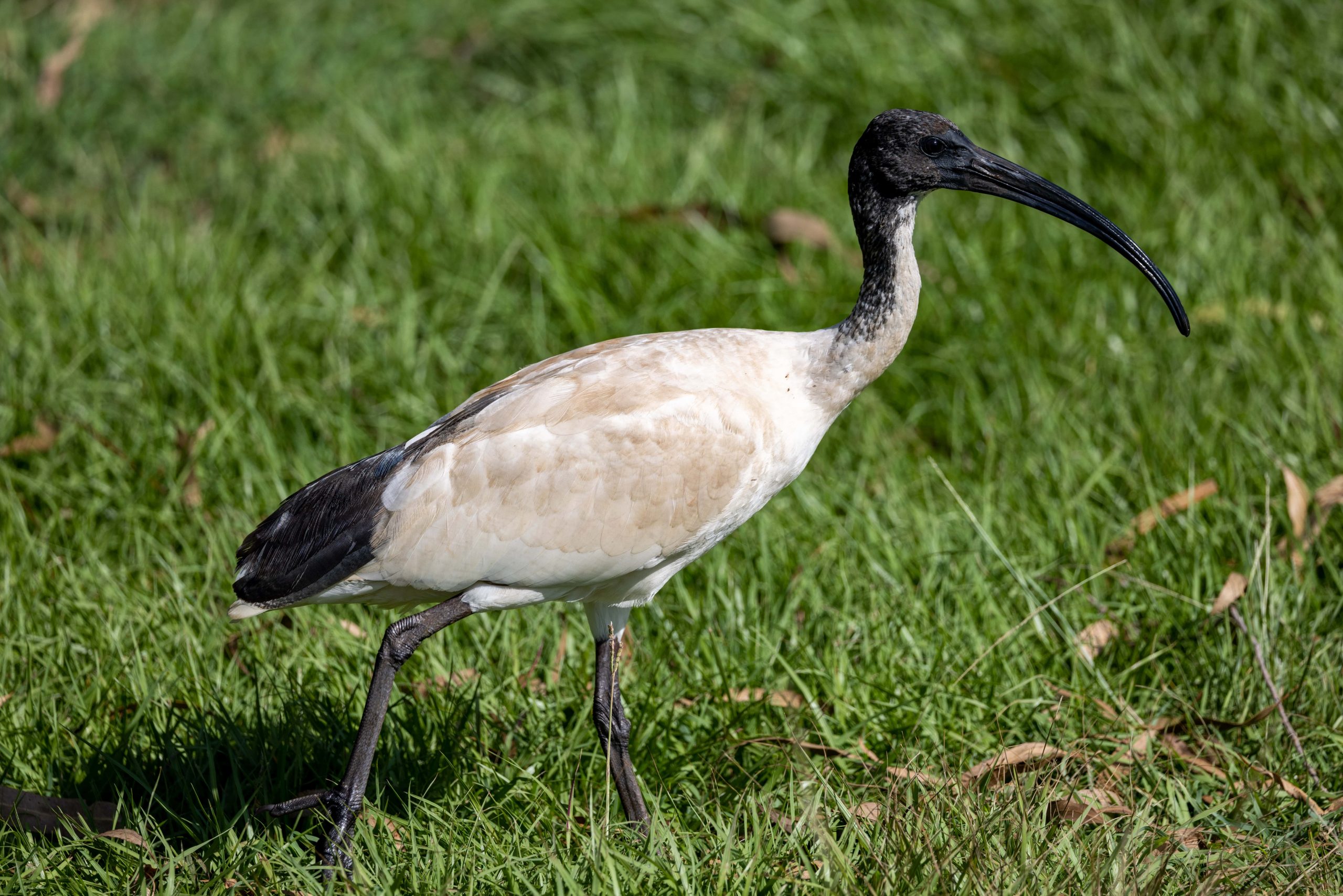Share This Article
60-year-old Tom Quach has been granted bail at Waverley Local Court after being held in police custody over an incident in which he allegedly took an ibis from a park and attempted to cook it.
Quach is alleged to have captured the bird in a Sydney park before stuffing it in his backpack and transporting it to his unit in Sydney’s eastern suburbs via a stolen bicycle.
It is reported that he decapitated the bird and hung it up to ‘dry’ in his shower.
Police discovered the dead bird after neighbours had called them, after reportedly hearing the bird in distress.
Quach was also arrested earlier this year after a video of him attempting to put another ibis in a wheeled shopping bag went viral.
Police had received calls that a man had allegedly captured an ibis outside Eastwood train station.
Officers were told by witnesses that the man had tied a rope around the bird’s feet and neck and was trying to place it in his bag.
Members of the public intervened and took the bird off him before police arrived.
They noted that the bird seemed to have an injured beak and was bleeding.
Quach has been released on bail with strict conditions which include being prohibited from approaching or possessing any birds.
His residence will also be subjected to a police search, no more than three times per week, for the purposes of looking for any birds (deceased or alive).
It was submitted to the court that he was confused about the bird’s protected status in New South Wales, as he had previously been allowed to catch and eat the bird whilst in Queensland.
His lawyer also noted that: “the birds were following him and annoying him, and he lashed out and took his frustrations out on the bird.”
However, Magistrate Ross Hudson told Quach: “ibis are not to be caught, not to be killed and not to be eaten...Touching any bird or attempting to capture any bird is a breach, is that clear?”
The 60-year-old nodded in agreement.
When asked by reporters outside of court whether it had ‘tasted any good’, he replied that he had not tried it yet.
He has been charged with animal cruelty and harming or attempting to harm a protected animal, as well as possess prohibited drugs and possessing goods suspected of being stolen.
The matter was adjourned to 8 June 2023 at Waverley Local Court where he will enter pleas.
The white Australian ibis is often colloquially referred to as a ‘bin chicken’ and can be found roaming in Sydney city.
In 2018, the ibis population of urban Sydney was estimated at 10,000 birds.
Protected Animals
As the Australian white ibis is native to Australia, it is a protected species under the Biodiversity Conservation Act 2016 (NSW), and thus cannot be harmed or interfered with.
Under this Act, a protected animal is one which is native to Australia or that periodically or occasionally migrates to Australia (including their eggs and young).
This includes amphibians (i.e., frogs), birds, mammals, and reptiles (i.e., snakes, lizards, crocodiles, tortoises, turtles).
As per section 2.1, it is an offence to harm or attempt to harm an animal that is:
- of a threatened species,
- is part of a threatened ecological community, or
- Protected
The maximum penalties applicable will vary based on the type of animal harmed or threatened.
In the case of an animal that is a threatened species or is part of a threatened ecological community, a maximum penalty of 2 years imprisonment and/or a $330,000 fine for an individual.
Furthermore, additional penalties of a $33,000 fine may apply for each day the offence continues, and for each animal impacted.
Where the offender is a corporation, the maximum penalty applicable is a $1,650,000 fine, with potential for additional fines of $165,000 for each day the offence continues, and for each animal impacted.
In the case of an animal which is a protected species, the maximum penalty applicable is instead a fine of $22,000 for an individual, with a further $2,200 fine applicable for each day the offence continues, and for each animal impacted.
Where the offender is a corporation, the maximum penalty is a $110,000 fine, with potential for an additional $11,000 for each day it continues, and for each animal impacted.
Animal Cruelty
The Prevention of Cruelty to Animals Act 1979 (NSW) criminalises animal cruelty.
It provides that a person shall not commit an act of cruelty upon an animal, as per section 5.
Animals are defined under section 4(1) as a member of a vertebrate species, including any amphibian, bird, fish, mammal (other than a human being) or reptile.
It also includes crustaceans, but only when at a place (such as a restaurant) where food is prepared or offered for consumption by retail sale.
Cruelty is defined as where an animal is unreasonably, unnecessarily, or unjustifiably:
- beaten, kicked, killed, wounded, pinioned, mutilated, maimed, abused, tormented, tortured, terrified, or infuriated,
- over-loaded, over-worked, over-driven, over-ridden or over-used,
- exposed to excessive heat or excessive cold, or
- inflicted with pain.
The applicable maximum penalty is 6 months imprisonment and/or a $5,500 fine for an individual or a $27,500 fine in the case of a corporation.
It is not a defence that the person in charge of the animal allowed the act, as they are unable to authorise the commission of an act of cruelty.
The Act prescribes that a person in charge of an animal must exercise reasonable care, control, or supervision of an animal to prevent the commission of an act of cruelty upon the animal.
It states that where pain is inflicted upon the animal, those in charge must take such reasonable steps as are necessary to alleviate the pain and to provide it with veterinary treatment where necessary.
Aggravated animal cruelty is criminalised under section 6, which provides that aggravated cruelty is cruelty upon an animal which results in the death, deformity, or serious disablement of the animal, or it being so severely injured, diseased or in such a physical condition that it is cruel to keep it alive.
The applicable maximum penalty is 2 years imprisonment and/or a $22,000 fine for an individual, or a $110,000 fine in the case of a corporation.
Defences to animal cruelty include situations in which a stock animal is ear tagged, a pig is castrated, a goat is dehorned, or where an animal is being prepared for ‘destruction’ for the purpose of producing food for human consumption, in a manner that inflicts no unnecessary pain upon the animal.
Animal cruelty is also criminalised under the Crimes Act 1900 (NSW).
Section 530 states that a person is guilty of an offence if they, with the intention of inflicting severe pain, torture, beat or commit any other serious act of cruelty on an animal.
The action is required to result in the death, serious injury of the animal or have caused prolonged suffering to the animal.
A maximum penalty of 5 years imprisonment is applicable.
However, if it is found that a person was reckless as to whether severe pain is inflicted, in the above scenario, a maximum penalty of 3 years imprisonment is applicable.
However, both offences are classified as ‘table 2’ offences, which will be prosecuted in the Local Court unless the prosecutor elects for it to proceed in the District Court.
In the Local Court, the maximum penalty applicable for both offences is limited to 2 years imprisonment.









